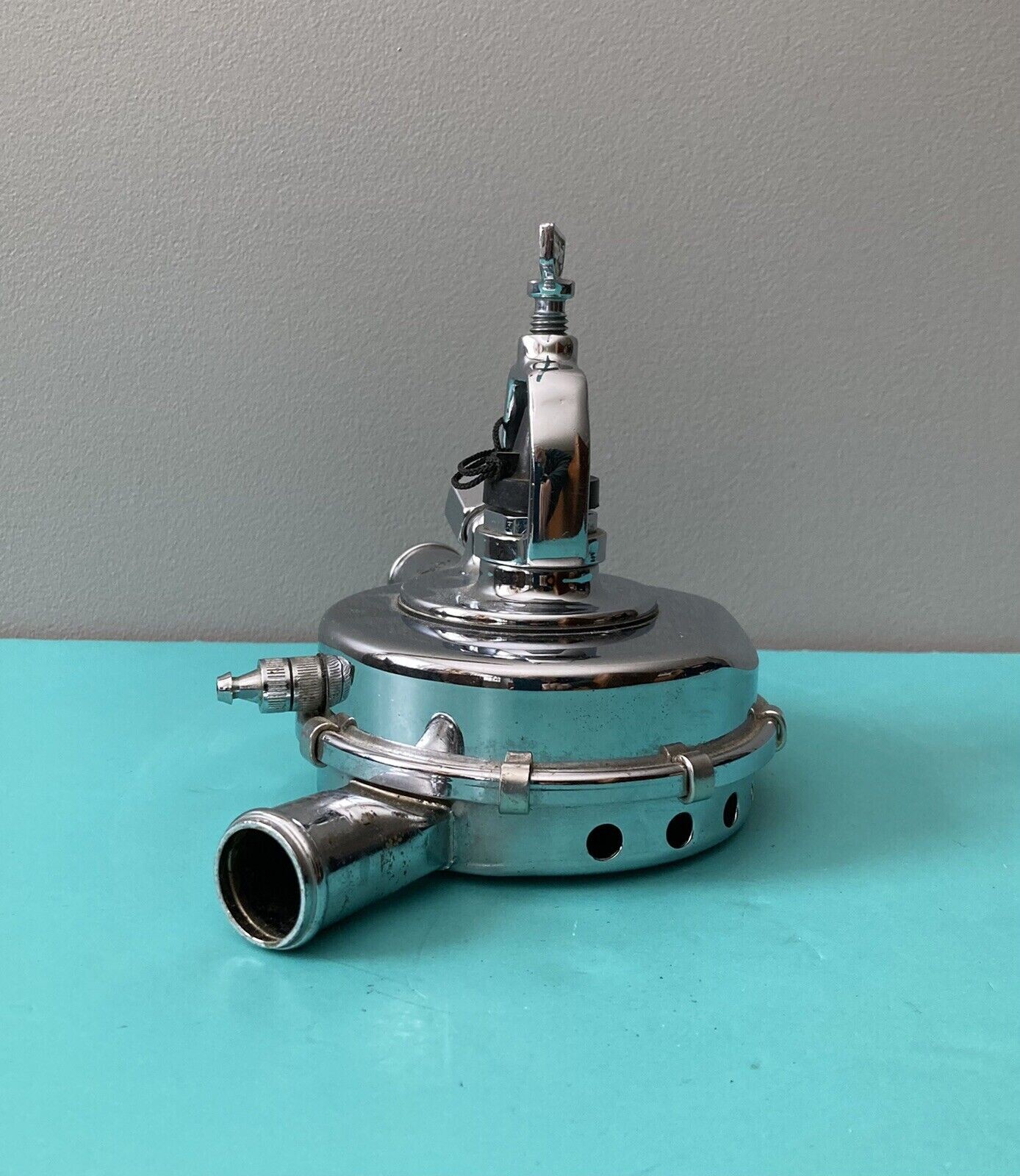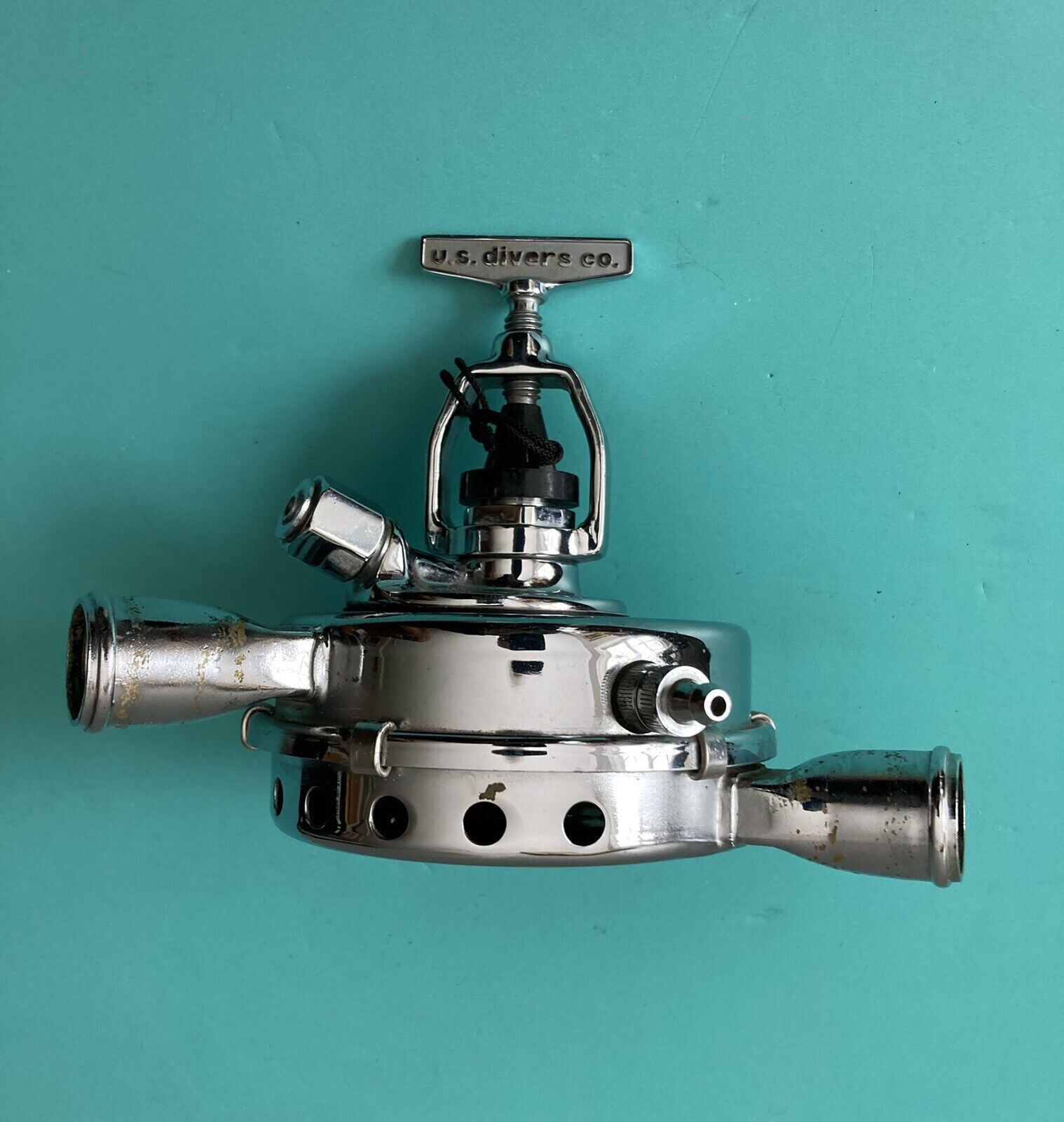Scuba Lawyer
Contributor
Saw this on an Ebay listing.
Never seen this modification before.
A new way to add a BC inflator perhaps?
Another method of attaching a hookah line?
Feed from a bail-out bottle?
Air-line to pressurize a camera housing?
Inquiring minds like mine want to know.
M





Never seen this modification before.
A new way to add a BC inflator perhaps?
Another method of attaching a hookah line?
Feed from a bail-out bottle?
Air-line to pressurize a camera housing?
Inquiring minds like mine want to know.
M









